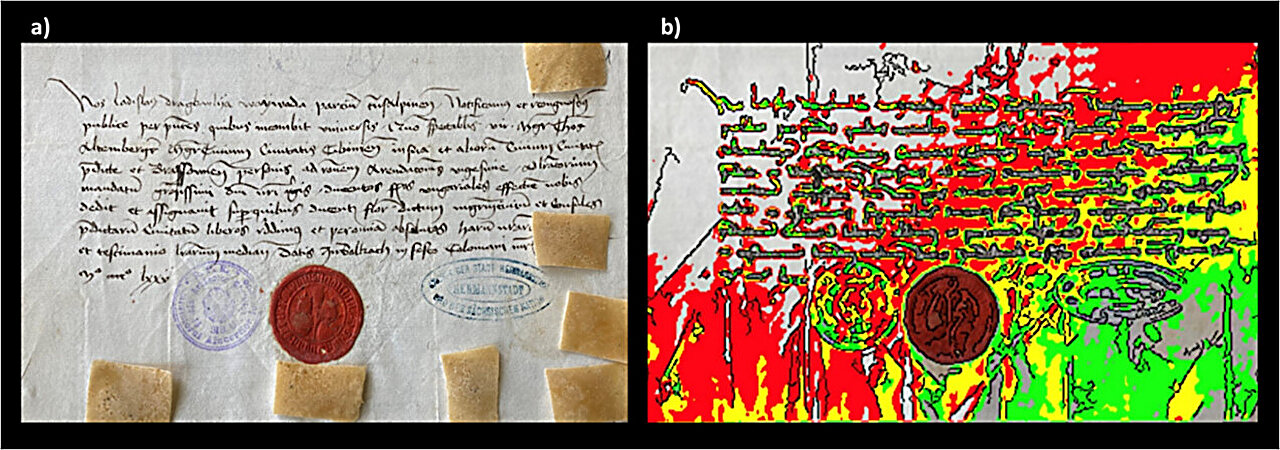A team of chemical scientists from the University of Catania, SpringStyle Tech Design Ltd, Romania National Archives, and Politecnico di Milano, Via Mancinelli, has made a fascinating discovery about Vlad the Impaler. It appears that this famous prince may have suffered from a range of ailments, including one that caused him to shed tears mixed with blood. In their groundbreaking research published in the journal Analytical Chemistry, the group reveals their analysis of proteins and peptides from three letters written by Vlad Drăculea and the intriguing insights they gained from them.
Count Vlad Drăculea, also known as Vlad the Impaler, was a formidable ruler of Wallachia during the 15th century. He was renowned for his unwavering defense of his land. Historians have uncovered evidence suggesting that he was responsible for the deaths of up to 80,000 Ottoman people, many of whom suffered the gruesome fate of impalement.
In this captivating new study, the researchers delved into the possible ailments that plagued this ruthless leader. To unravel the mystery, they obtained and meticulously analyzed three documents penned by the Count himself.
When writing by hand, it is common for the writer’s skin to come into contact with the paper. The fingers initially touch the paper for placement, followed by the lower parts of the palm resting against it during the writing process. These actions result in the transfer of various chemicals and molecules from the skin to the paper. The research team embarked on a quest to identify and trace the origins of these substances on the papers.
To extract material from the paper without causing damage, the team employed a technique involving the application and removal of ethylene-vinyl acetate. The extracted material was then subjected to mass spectrometry analysis. Astonishingly, the team discovered over 500 peptides in the residue, which they narrowed down to 100 of human origin.
Among these peptides, evidence of ciliopathy, a genetic disorder affecting cell function and organs, emerged. Additionally, signs of an inflammatory disease were found, likely causing respiratory tract and skin problems. Most intriguingly, compounds indicating that the Count suffered from hemolacria—a condition where blood mixes with fluid in the tear ducts, resulting in blood-tinged tears—were also detected.
,,,,








